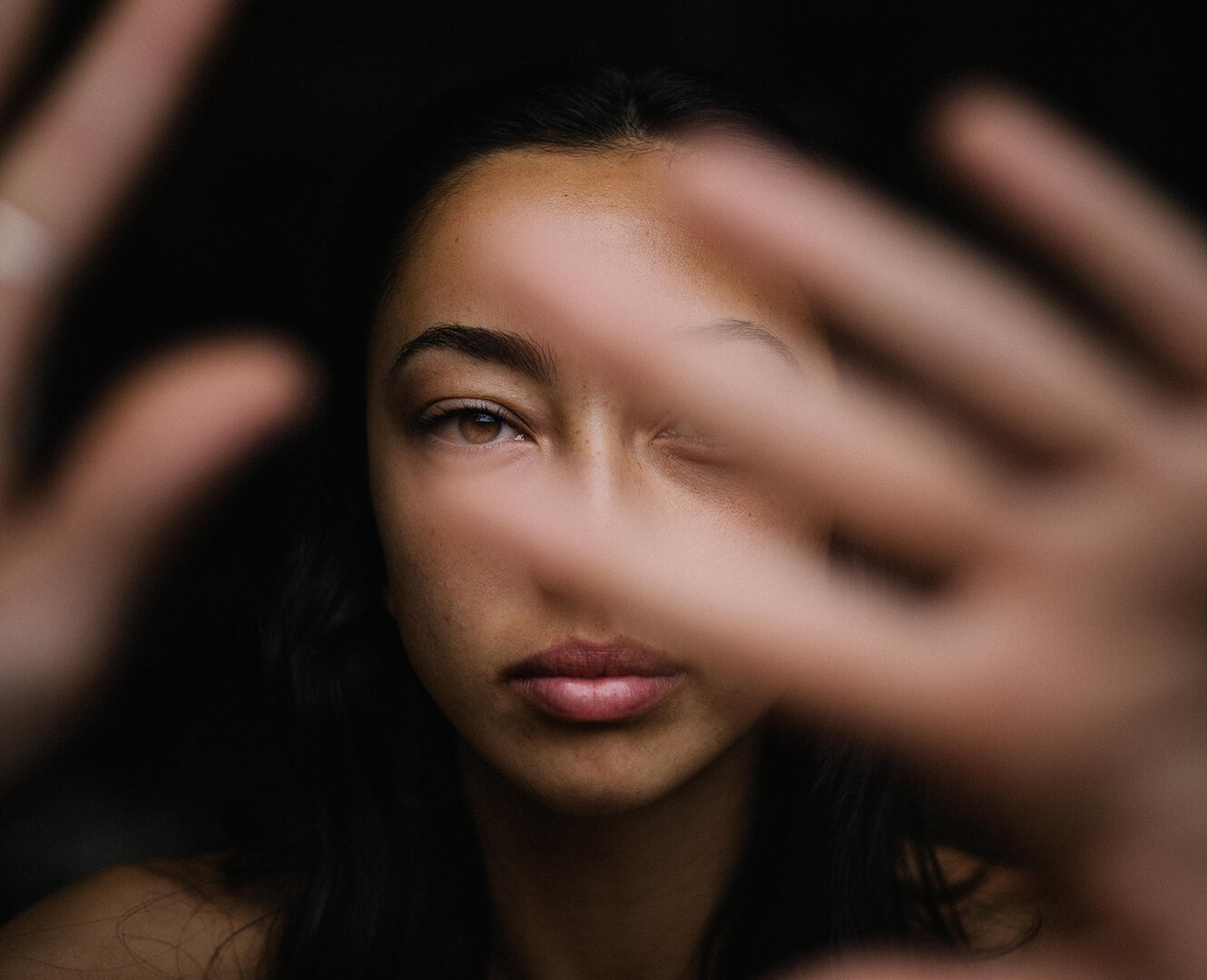By Chris Avery
Nearly $100 billion USD in profits are generated from forced sexual exploitation, with 99 per cent of all victims either women or girls.
The International Organization of Labour (ILO) determined that in 2016, females consist of nearly all the 4.8 million global victims of human trafficking.
“More than 70 per cent of victims of forced sexual exploitation were in the Asia and the Pacific region, followed by Europe and Central Asia (14 per cent), Africa (8 per cent), the Americas (4 per cent), and the Arab States (1 per cent),” said the 2016 report.
To provide some context on the violation that occurs, Statistics Canada provides a stark definition for trafficking from the United Nations Office on Drugs and Crime (UNODC) in 2018.
“Trafficking in persons, or human trafficking, has been referred to as a modern form of slavery. It involves the recruiting, transporting, transferring, receiving, holding, concealing or harbouring, or the exercise of control, direction, or influence over the movements of a person, in order to exploit or facilitate the exploitation of that person,” said Statistics Canada.
In a 2014 report, Profits and Poverty: The Economics of Forced Labour, the ILO publishes a variety of statistics identifying the approximate flow of profits to perpetrators of forced labour. The report encompasses all areas of forced labour, including human trafficking.
The report mentions that developed countries contain the highest levels of profit generation from forced labour, with human trafficking leading the other sectors.
“Per capita profits are highest in forced sexual exploitation, which can be explained by the demand for such services and the prices clients are willing to pay, by low capital investments and by the low operating costs associated with this activity,” said the report.
Annual profits per victim of sexual exploitation top $21,000 USD per annum in 2012, with steady increases year over year. The promise of low upfront costs and high returns underscores the seedy economic side of such a violation.
Adora, a sex worker in the Toronto area, describes that every encounter in sexual exploitation and human trafficking comes with violence.
“I have been there. When I used to have that pimp, he used to force me to take clients. He is the one who created me. He used to get really angry, really vicious if I didn’t see a client,” said Adora.
“I was so used to him doing this shit for me. Then I met Nikki. She used to charge me per call. And she used to be so vicious, out of anger. If I did not take a client, she forced it on me.”
At home, here in Alberta, our current government recently decided to take a stronger approach to protect victims of sexual violence. The government’s website outlines a key commitment statement.
“Every Albertan has the right to live free from violence. Perpetrators of sexual violence violate that right,” said the website.
It goes on to describe how the Government of Alberta aims to support all victims of sexual violence and how their zero-tolerance stance provides the foundation for such support.
“We will work until all survivors are believed and supported, and this violence is eradicated from our communities.”
By partnering with major telecom company Rogers, marketing firm Newad, Landmark Cinemas and others, the Government of Alberta is championing the #IBelieveYou campaign.
The message of the campaign is simple:
“We believe you and it’s not your fault. When you’re ready, there’s a safe space to call.”
Anybody can call or text Alberta’s one line for sexual violence at 1-866-403-8000 or chat live at www.aasas.ca for support.





